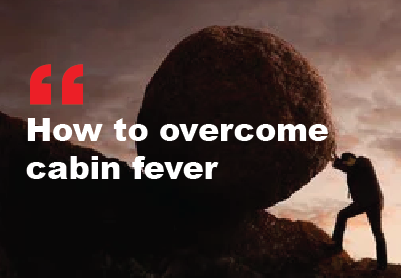Create your Blog
- Author: topics way
- March 4, 2021
- 4:02 pm
Share with your friends!
Town in Alaska
There is a town in Alaska where almost everyone lives and/or works under one roof. A single 14-story high-rise is home to most of the town’s residents as well as its post office, grocery store, health clinic. laundromat and church.
In the past, before the new coronavirus, the conversation in an active Facebook group for residents of Whittier was dominated by the chitchat of small-town Alaska life: reports of bears eating out of the trash bin, offers of free used treadmills for giveaway, a recitation of the nightly dinner special at the Anchor Inn.
Since mid-March, the posts, and the focus of the community, have turned almost exclusively to the threat posed by the coronavirus pandemic in this tiny, singular hamlet at the edge of Prince William Sound.
Whittier is like nowhere else in Alaska. About 80% of the roughly 280 year-round residents live in a single building, the Begich Towers, a 14-story high-rise that sits opposite a reindeer pen. Virtually everyone else in town lives in a second, smaller condo building called Whittier Manor. There are no single-family homes and no neighborhoods in Whittier, a railroad and shipping hub that also serves as a jumping-off point for Prince William Sound.
Everyone lives together in Manhattan-style density and proximity. Except instead of a big city, Whittier is hemmed in by the wilderness in every direction.
The only way in or out of town by land is through the 2.5-mile Anton Anderson Memorial Tunnel, blasted through a mountain and operated by the Alaska Department of Transportation and Public Facilities. Once you’re on the Portage side of the tunnel, Anchorage and its 300,000 inhabitants are only an hourlong drive away.
It is this combination of isolation, density and access that makes the coronavirus feel like a very different kind of menace to the residents of Whittier, said city manager Jim Hunt.
“We’re at the end of the tunnel, backed up to the water,” he said. “There’s a real sense of vulnerability.”
The Washington Post even used Whittier as a model for a recent simulation of “the spread of a fake disease through a population.”
In recent days and weeks, the city has started warning people on the Bear Valley side of the tunnel that visitors other than residents, their caregivers and employees of essential businesses are not allowed into town.
Begich Towers has closed itself to visitors and on Tuesday adopted new restrictions, including allowing only one family at a time inside the elevators or laundry room. A faction of residents wants to see the tunnel closed.
And while there are no confirmed coronavirus cases in Whittier, everyone is thinking the same thing: How do you keep the virus away when just about the whole town lives in a single building? What will happen if — or when — the pandemic makes its way here?
























